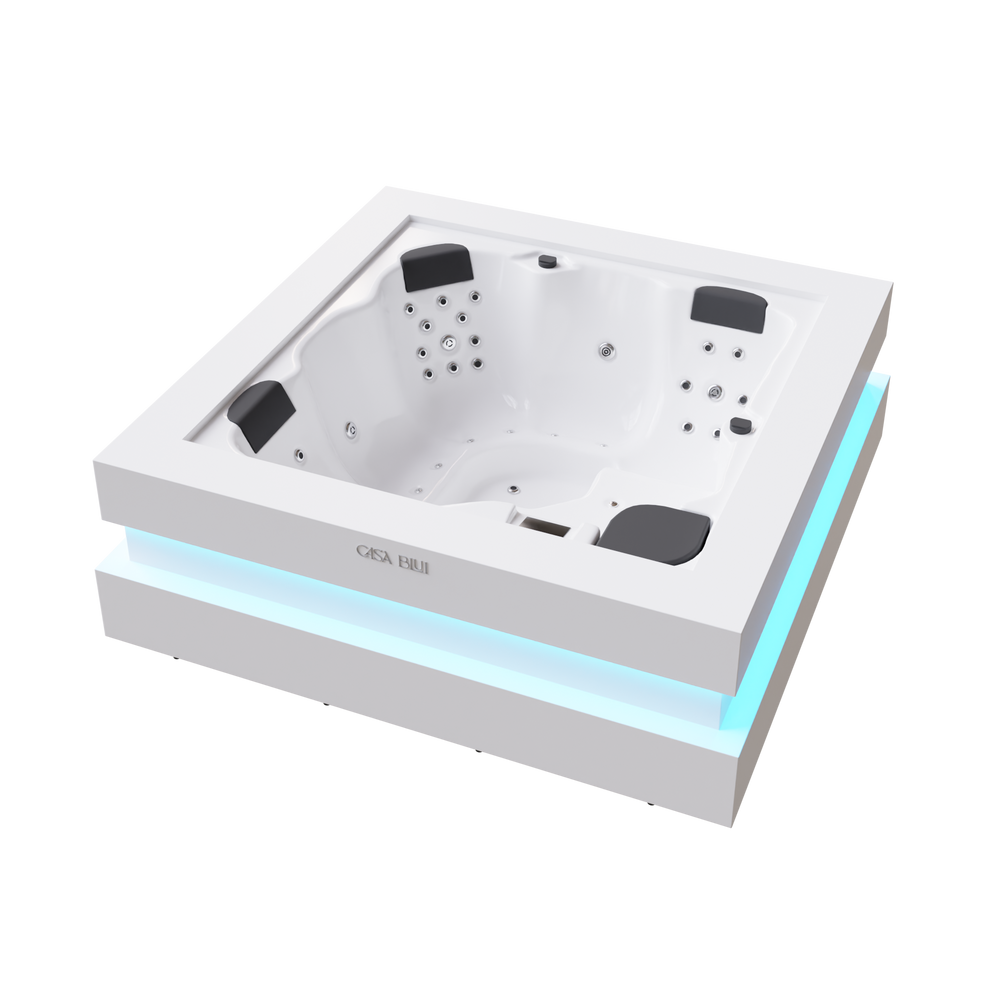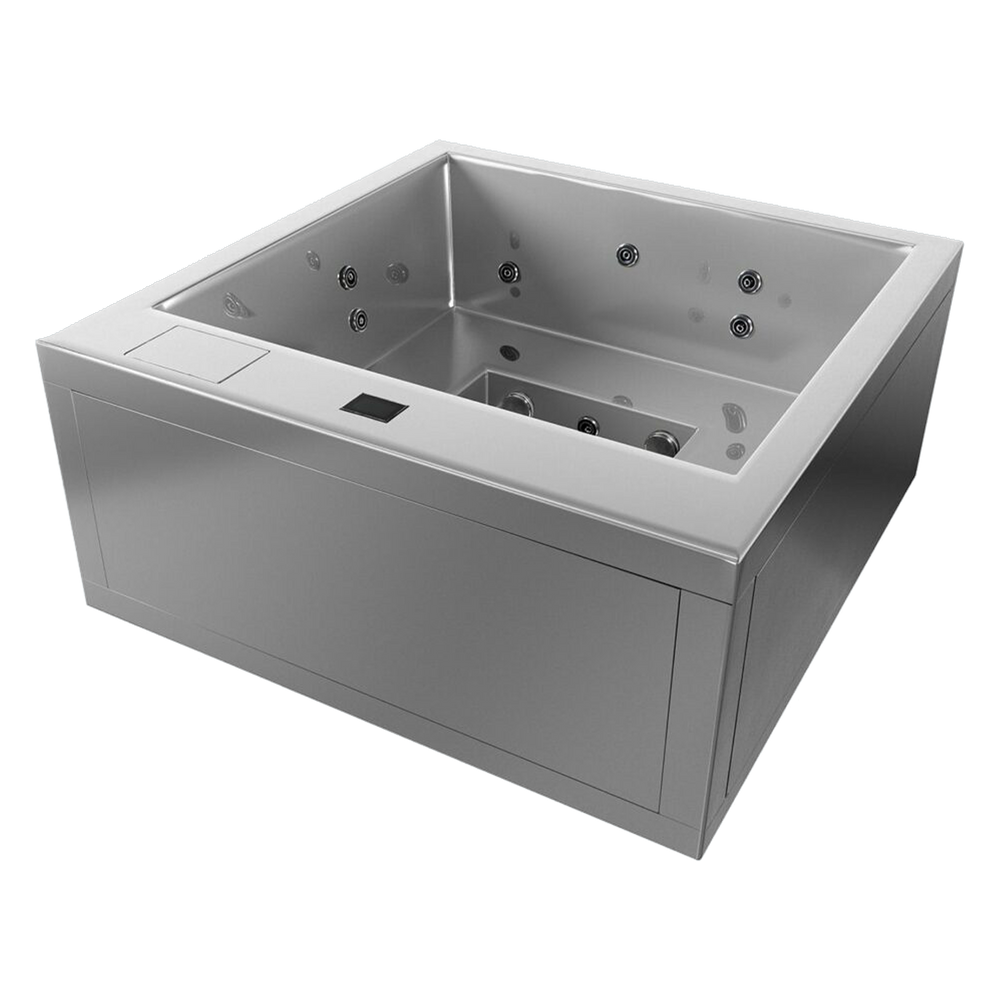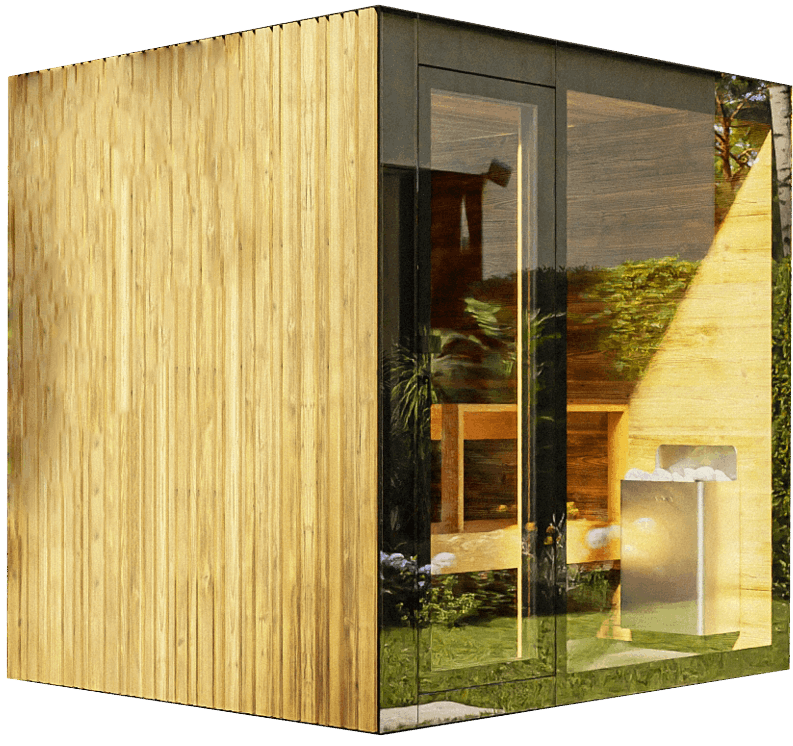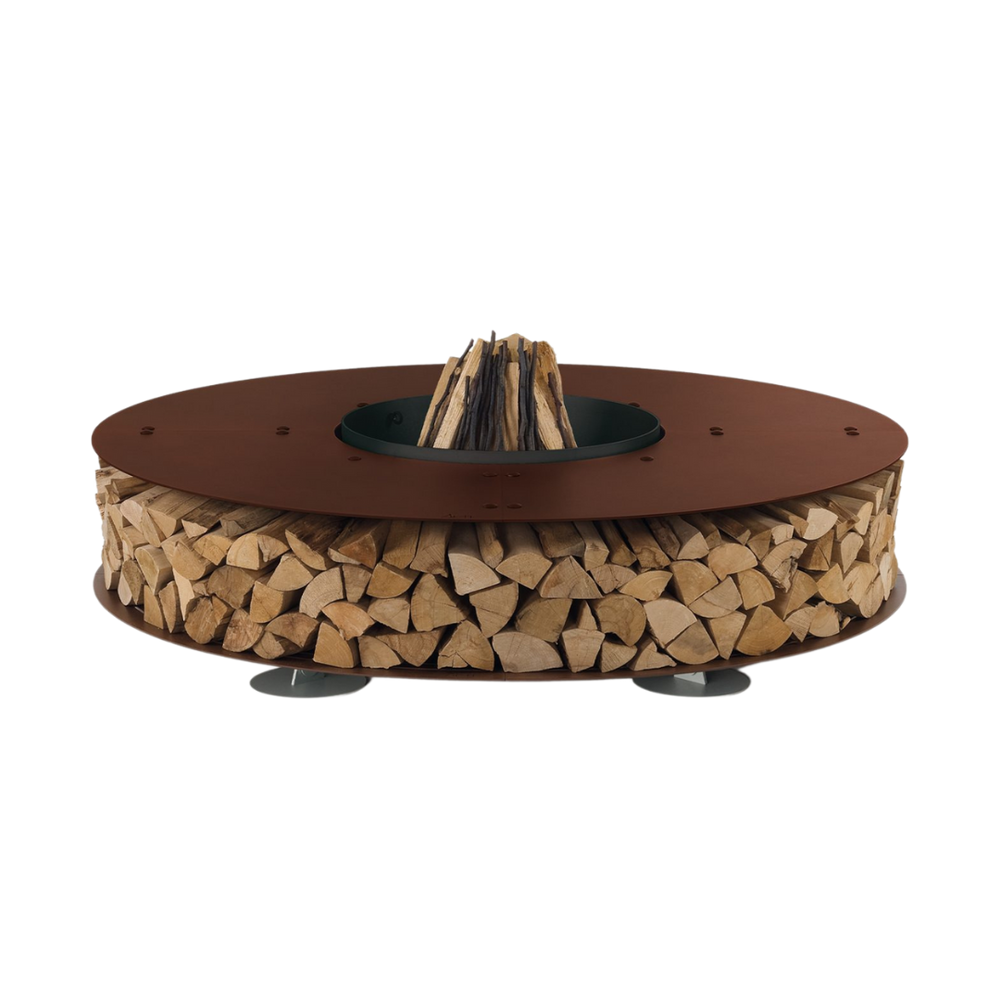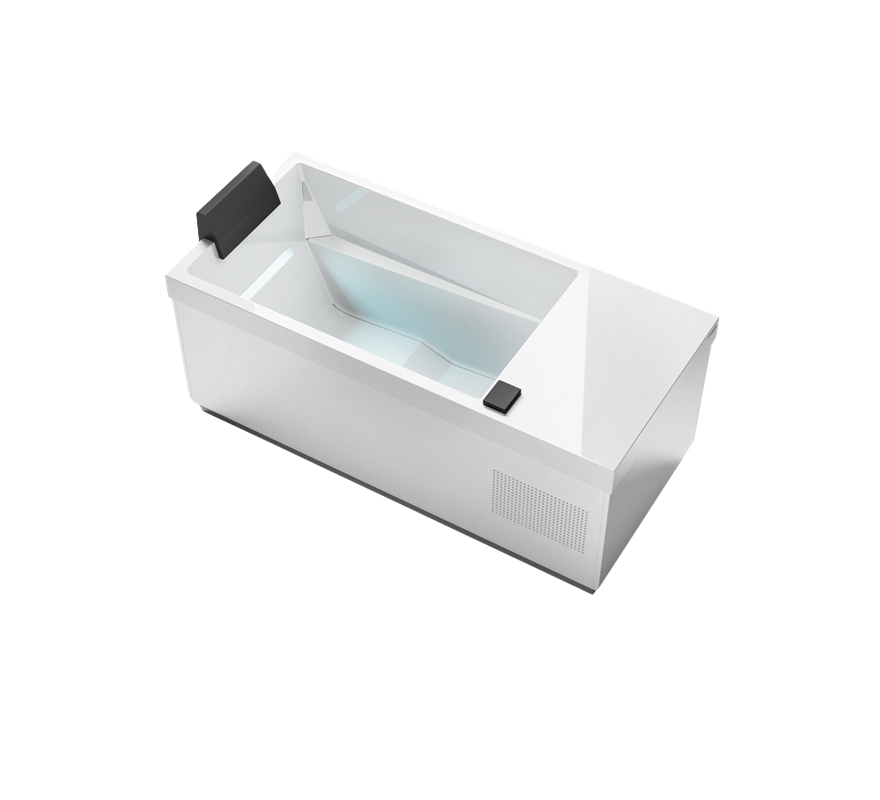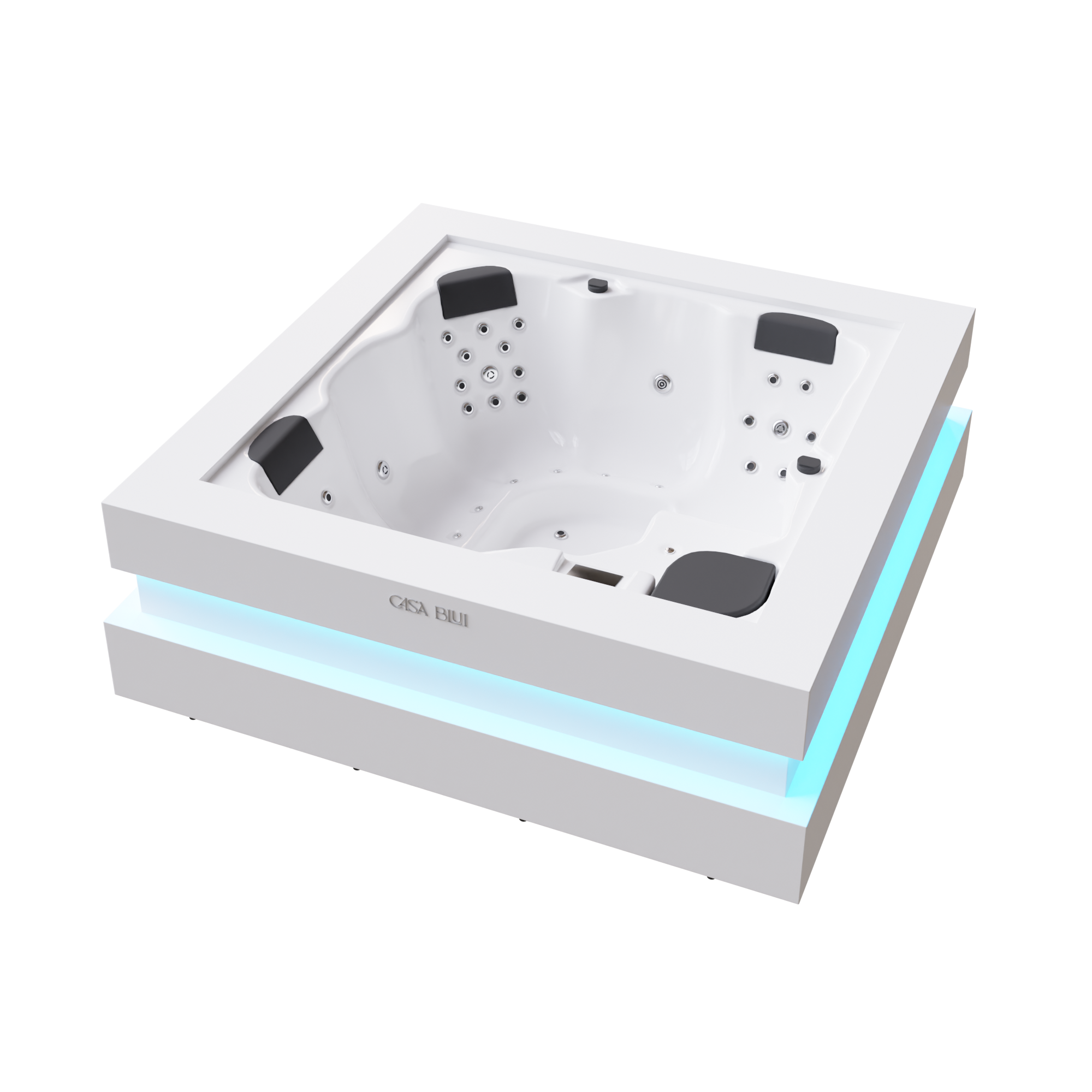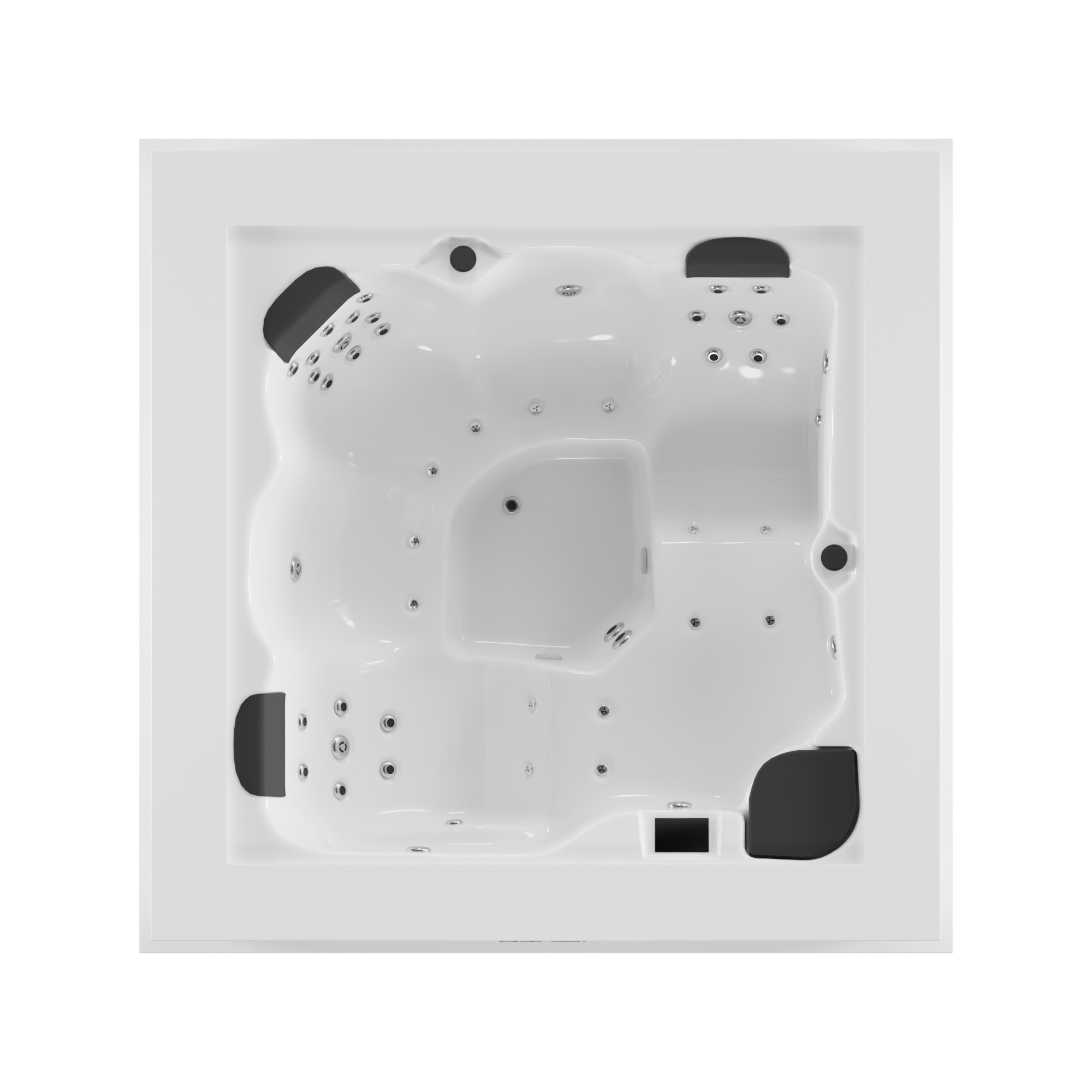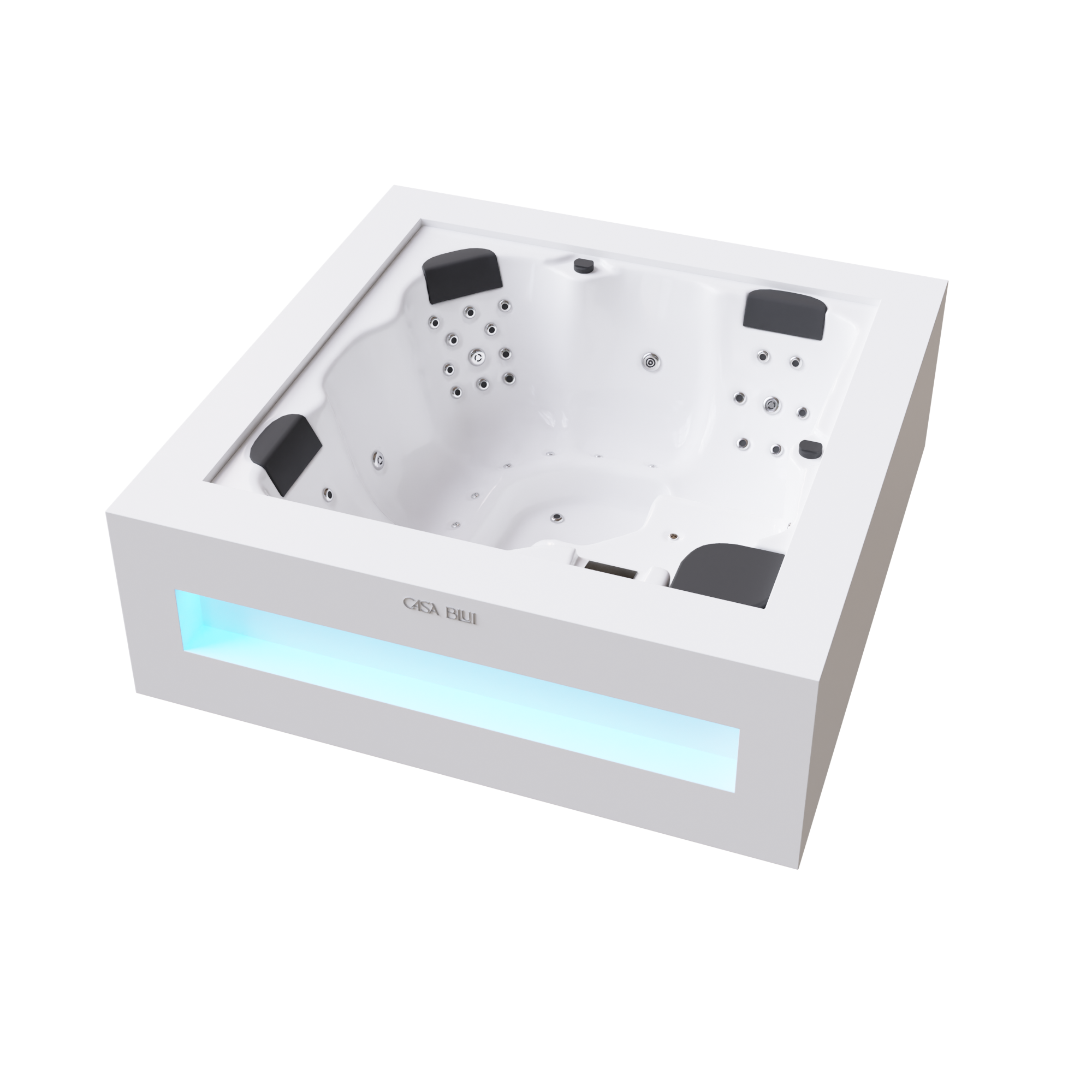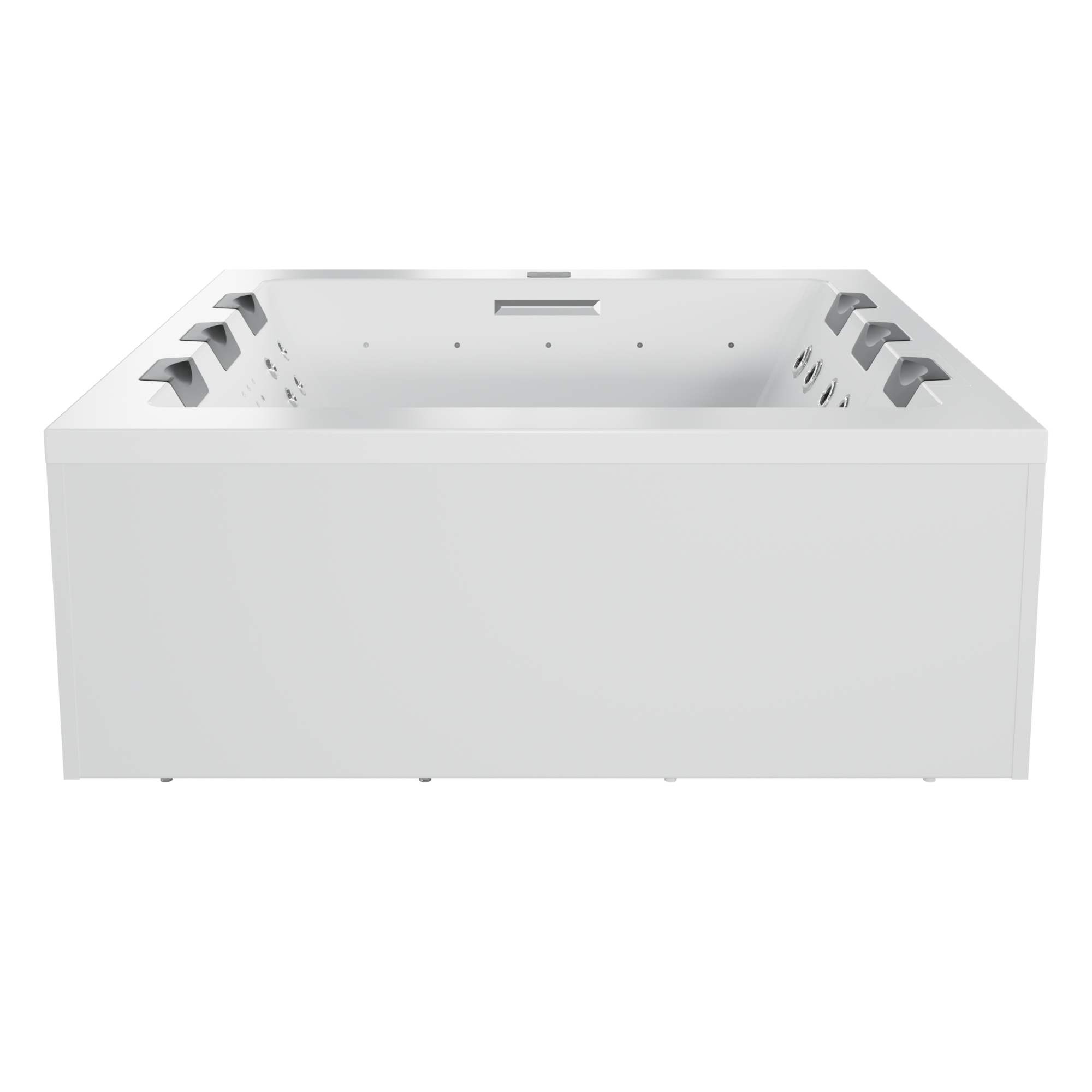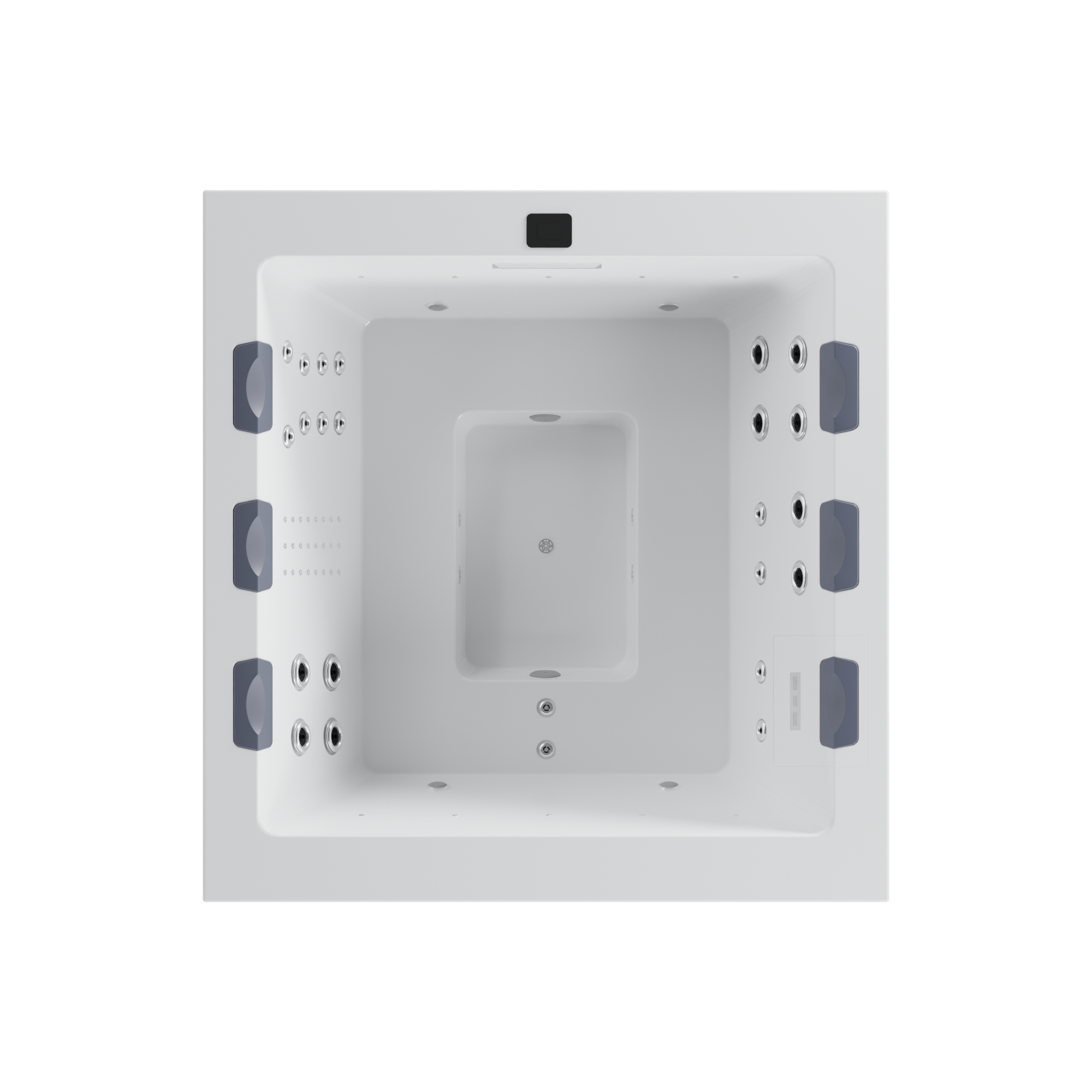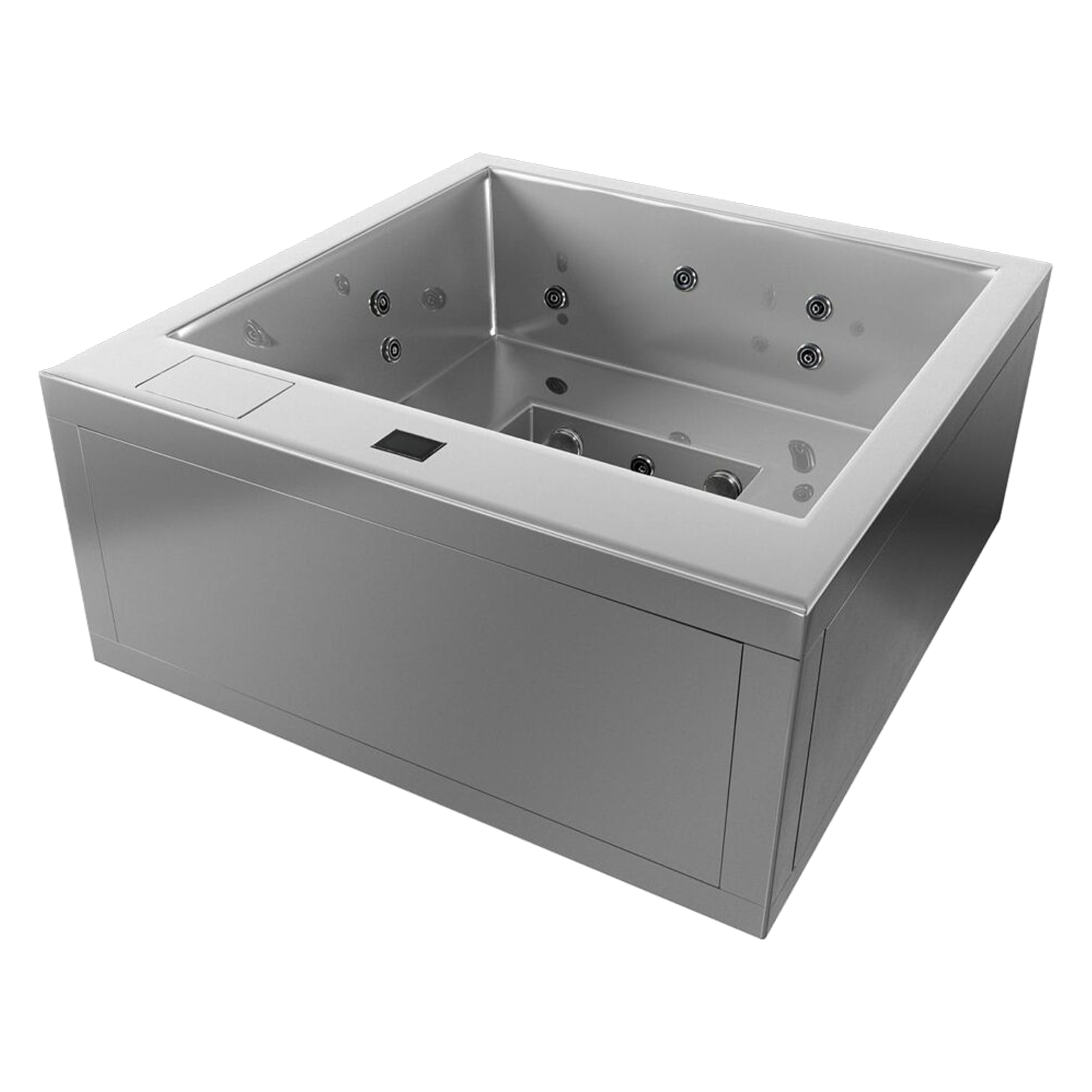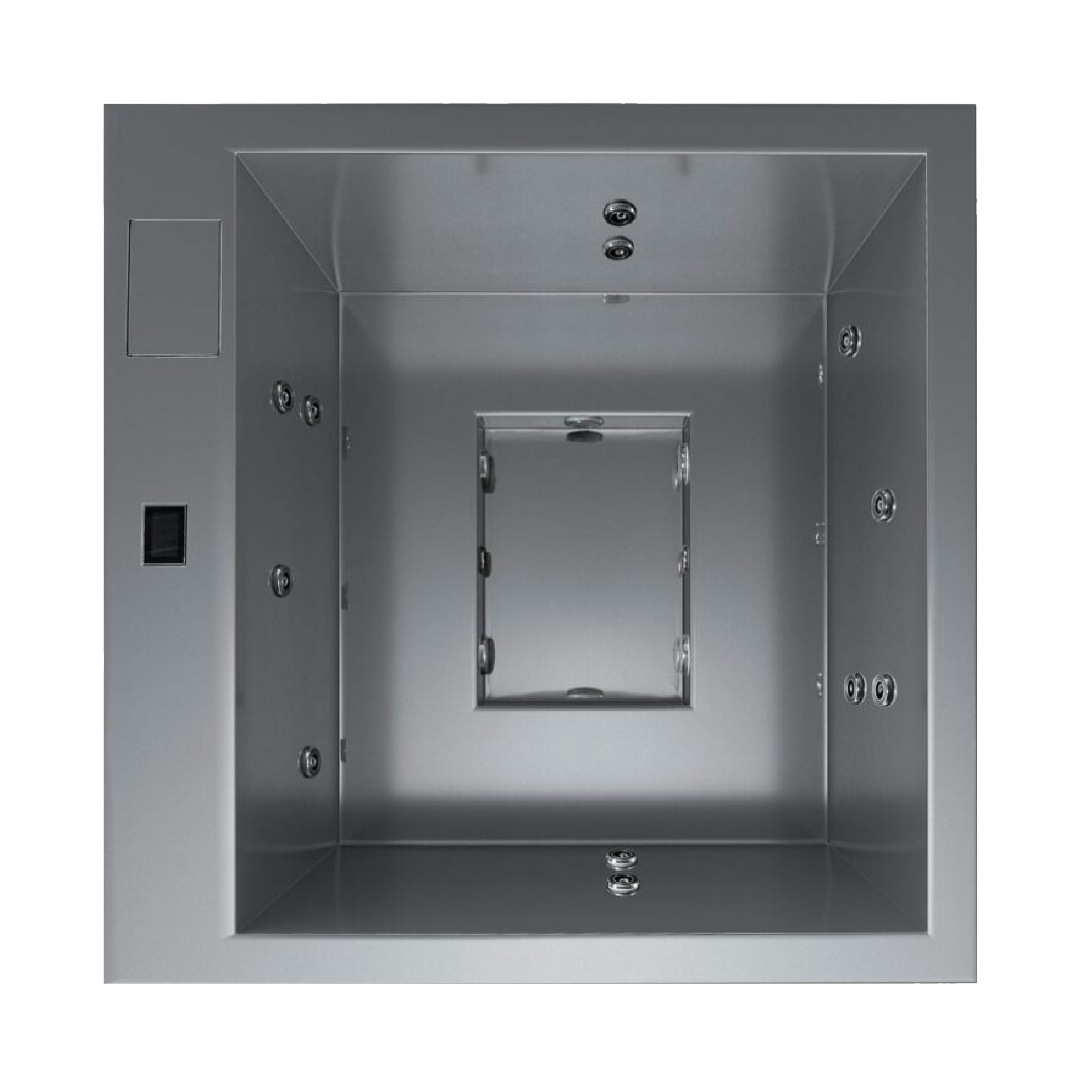Casa Blui Blog
Why Are Billionaires Building Luxury Doomsday Bunkers?
By andrei newman
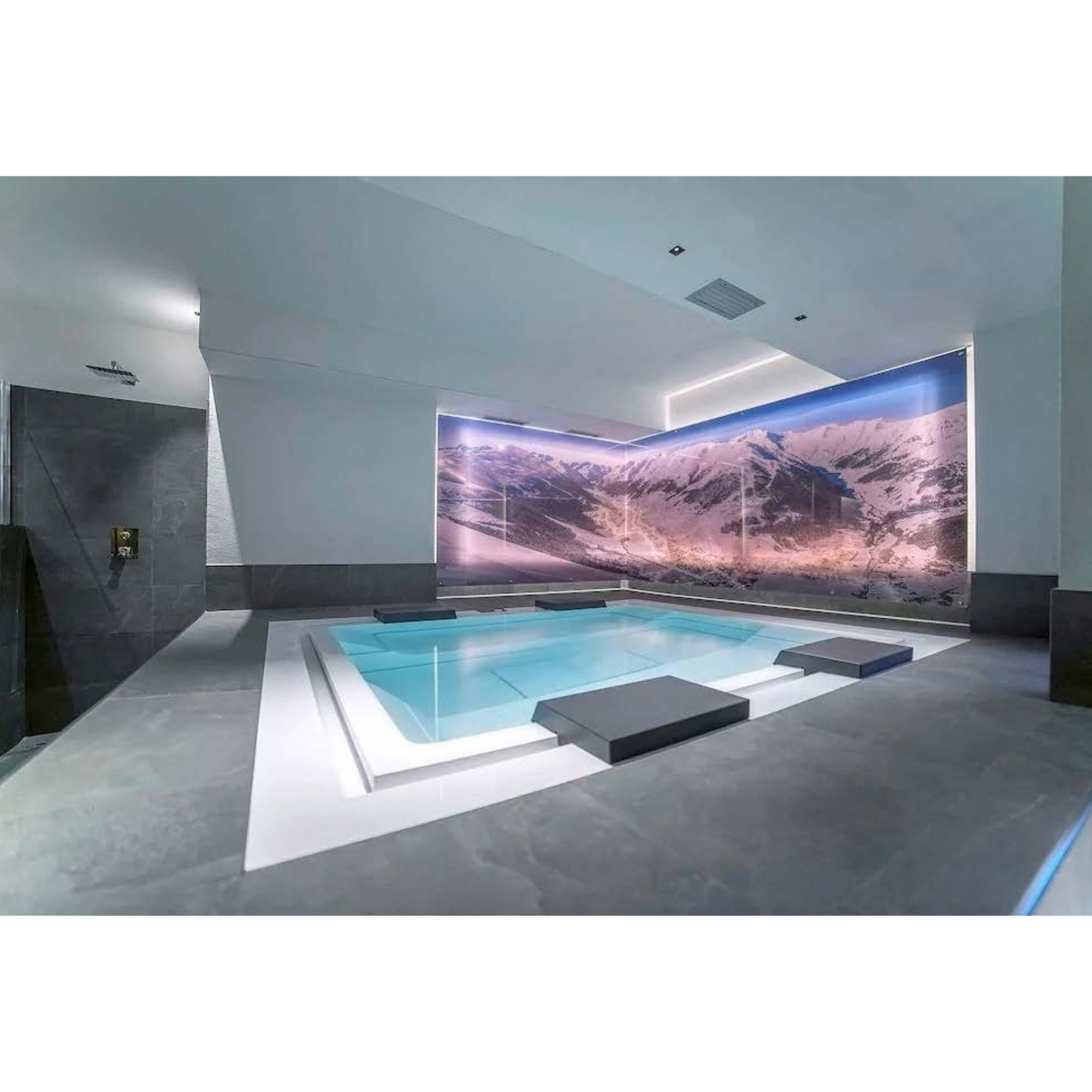
In a world of luxury and opulence, billionaires are taking preparedness to a new level by constructing high-end doomsday bunkers. These lavish underground shelters are designed for safety and to maintain an ultra-luxurious lifestyle despite potential global catastrophes.
From state-of-the-art air filtration systems to private theaters, luxury hot tubs, and world-class pools, these bunkers redefine what it means to survive in style.
Why Are Billionaires Building Luxury Doomsday Bunkers?
Global uncertainty, political instability, and climate change are primary drivers behind billionaires' investments in survival bunkers. The ultra-wealthy, particularly tech elites like Peter Thiel and other Silicon Valley figures, are at the forefront of this trend. These individuals are preparing for threats ranging from environmental disasters to technological disruptions, and their bunkers offer security and comfort, reflecting their desire to control outcomes in uncertain times.
Companies like Hardened Structures and Vivos have reported a significant surge in demand for luxury bunkers, with Rising S seeing a 700% increase in inquiries. This surge correlates with global events such as political elections, climate crises, and rising geopolitical tensions, fueling a boom in the luxury bunker market.
Psychological Factors
Investing in luxury bunkers often stems from deep-seated anxieties about global instability and the fear of losing power and privilege. Despite their wealth, many billionaires feel a profound sense of vulnerability in the face of uncontrollable global events. As noted by experts like Douglas Rushkoff, many tech elites are preparing for "The Event"—a term used to describe potential doomsday scenarios—because they doubt their ability to influence humanity's future positively.
This prepper mentality, once associated with fringe groups, has now taken hold among the wealthiest individuals. Their investments in underground shelters reflect their desire for control and fear that their wealth may not protect them from every possible disaster.
Bunkers as Status Symbols
Beyond survival preparedness, these luxury bunkers have become status symbols. Owning a multimillion-dollar bunker reflects not only the desire for safety but also the exclusivity and social standing of the owner. As these shelters grow more extravagant, they become part of a broader trend of showcasing wealth through survival planning. For the ultra-rich, investing in a bunker is as much about signaling their elite status as it is about preparing for an uncertain future.
Shifting Threat Perceptions
The threats that drive bunker construction have shifted from Cold War-era concerns about nuclear war to modern fears:
- Climate change
- Pandemics
- Technological risks
- Environmental disasters
- Societal collapse
- Digital warfare
- Electromagnetic pulse (EMP) attacks
The bunkers of today are built to withstand these diverse dangers, incorporating sustainable technologies like advanced air filtration, renewable energy, climate control systems, and digital defense systems, ensuring protection against cyber threats and technological disruptions.
Where Are Billionaires Building Bunkers?
Prime locations for luxury bunkers include remote areas like New Zealand, which billionaires favor for its stable political climate and isolation. The United States, particularly in isolated regions like Montana and South Dakota, has also seen an increase in bunker developments.
Europe offers bunker locations in Switzerland and the Czech Republic, with facilities like the $60 million Oppidum, marketed as the world's most luxurious bunker. These locations provide the security and privacy the ultra-wealthy seek in a potential global catastrophe.
What's in a Billionaire's Bunker?
Luxury doomsday bunkers are no longer the cold, concrete rooms of the past. Today's bunkers, like the Oppidum, offer highly personalized living spaces with amenities standard to five-star resorts.
Luxury at the End of the World
Customized features include private theaters, art galleries, and even underground gardens. Some include pools, outdoor kitchens, luxury fire pits, and wellness centers that promote longevity during long-term isolation. High-end saunas, hot tubs, and European cold plunges create a spa-like atmosphere, ensuring these billionaires can relax even in challenging times.
Tools for Maintaining Power and Control in a Crisis
For the ultra-rich, the challenges of bunker life go beyond physical survival. A significant concern is maintaining control over security forces and other personnel in a post-apocalyptic world where traditional power structures, like money or influence, may collapse. The wealthy grapple with questions about how to incentivize loyalty among those tasked with protecting them, raising complex issues about how power and privilege function when the world as we know it has changed.
For these reasons, many feature bulletproof doors, reinforced walls, and multiple escape routes designed to withstand everything from civil unrest to EMP attacks. High-tech surveillance systems and armed defense capabilities ensure occupants remain secure against external and internal threats.
Ultimately, these billionaires may equip their bunkers with military-grade technology to keep them secure, but maintaining social order and control remains one of the largest psychological and logistical challenges for bunker owners.
Individual Preparedness vs. Bunkers as Communities
The growing focus on individual resilience has led many billionaires to invest in bunkers, tactical vehicles, and private security forces. Companies like Rezvani Motors are catering to this demand by producing military-grade SUVs that complement the survival mindset of the ultra-wealthy. These armored vehicles, equipped with EMP protection and other defense technologies, reflect the increasing emphasis on total self-sufficiency and mobility in a post-disaster world.
Meanwhile, others invest in communal bunker developments designed to house large groups. For instance, Vivos xPoint in South Dakota includes 575 units and plans for communal facilities such as theaters, greenhouses, and medical clinics. These bunkers are designed to foster self-sufficient communities, ensuring that the skills and resources of different individuals can come together in the event of a long-term crisis.
Who Is Building the Bunkers for These Billionaires?
Several companies specialize in building luxury doomsday bunkers, catering to the specific demands of the ultra-wealthy. Here are just a handful:
- Vivos, led by Robert Vicino, offers a range of community and private shelter options.
- Rising S Company, based in Texas, focuses on custom-built, luxury underground bunkers designed to last for generations.
- Survival Condo, created by Larry Hall, has transformed former missile silos into high-end survival residences.
- Oppidum, located in the Czech Republic, offers some of the most luxurious bunkers, blending high-end design with military-grade protection.
Frequently Asked Questions
Why are billionaires investing in luxury doomsday bunkers?
Billionaires are building luxury doomsday bunkers due to fears of global catastrophes like nuclear war, pandemics, and climate disasters. These shelters provide security and comfort, allowing them to maintain their lifestyles during crises. The trend reflects their desire to protect their assets and secure their future in an uncertain world.
What features do luxury doomsday bunkers typically include?
Luxury doomsday bunkers combine survival with comfort. Standard features include advanced air filtration, private theaters, pools, and wellness facilities. They also have military-grade security, renewable energy, and smart home technology. Many include indoor farming, medical facilities, and customizable living spaces.
Where are these luxury bunkers typically located?
Luxury bunkers are often built in remote areas like New Zealand or isolated parts of the U.S., chosen for privacy and security. There is also a trend toward urban bunkers integrated into existing properties. Both types offer advanced sustainability features for long-term survival.
How much do luxury doomsday bunkers cost?
Costs vary greatly. Basic bunkers can start at $40,000, but luxury versions for billionaires can reach millions or tens of millions. Customization, advanced technology, and premium materials significantly raise the price of these high-end shelters.
What are the ethical implications of this trend?
Billionaire bunkers raise ethical concerns about inequality as the ultra-rich secure advanced survival options. At the same time, most people lack access to such resources. Critics argue this trend undermines community cooperation and raises questions about the wealthy's responsibility to contribute to collective disaster solutions.
Who are the main clients for these luxury bunkers?
The main clients are tech billionaires, media moguls, and finance tycoons. They invest in bunkers to ensure survival in extreme scenarios while maintaining their lifestyle. Silicon Valley elites are particularly prominent in driving this trend.
How do these bunkers ensure long-term sustainability?
For sustainability, luxury bunkers use renewable energy, advanced water filtration, and waste management systems. They often include indoor food farming and air purification systems. Stockpiles of supplies support long-term self-sufficiency during extended isolation.
What psychological factors drive billionaires to invest in these bunkers?
Billionaires are motivated by a desire for control amid global uncertainties and fear of losing power in crises. The "prepper" mentality, once fringe, is now embraced by the ultra-rich as they seek self-sufficiency and security in a rapidly changing world.
